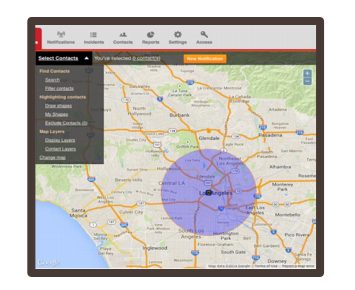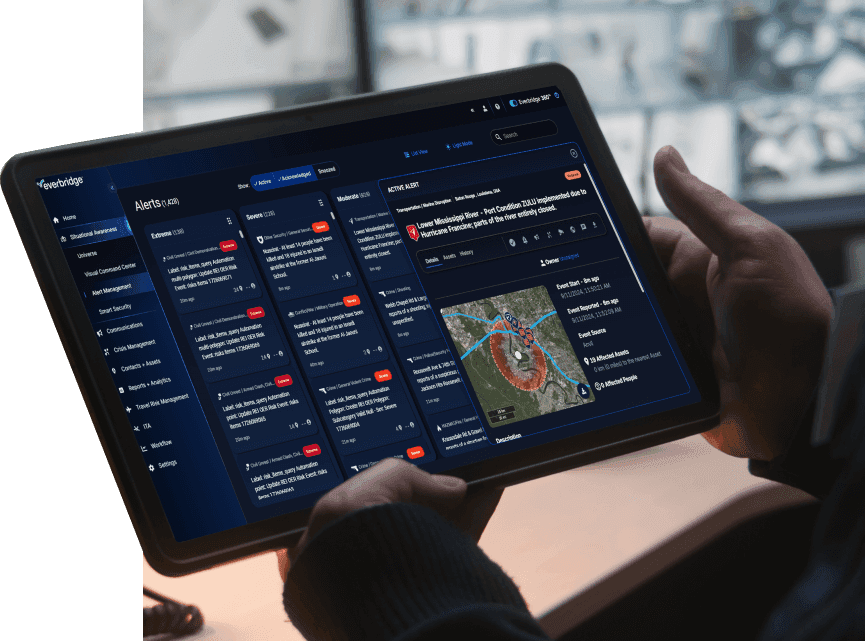No matter how much an organization prepares, it is a non-negotiable fact that crises happen. What is negotiable is the amount of physical, financial or reputational damage that can result. Limiting the damage caused by a crisis requires a method of gathering ongoing, accurate and reliable information to make quality decisions.
Decision makers must access and utilize new sources of information, new tools and new opportunities. For example, the increasing amount of information gathered from mobile devices and social media outlets can be very valuable for verification, cross referencing and data mining purposes.
This process is the new frontier for situational intelligence.
When developing situational intelligence about a crisis, two-way communication interactions are more advantageous than one-way communication interactions. With the proliferation of social media and public connectivity, it is easier than ever to join a two-way conversation—especially during critical incidents—and to listen, learn and be better informed.

Critical, two-way communication with multiple input sources can help you refine your information, put together an action plan and prioritize resources. Below are some key recommendations for utilizing social media and mobile applications to improve your situational intelligence:
- Establish Flexible Sources Of Incoming Information: Social media, online communities and other trusted feeds such as IT systems and alert systems act as inputs for situational intelligence. It’s a fancy name, but establishing relationships with “inputs” prior to an event can facilitate information messaging and decision-making during a crisis.
- Filter Social Media: Social media can act as an indispensable platform for communicating a quantity of information before, during and after a crisis. That said, it’s important to filter social media so that quality information is recognized quickly – otherwise social media can become a fire hose of information that will be difficult to derive true value from. Leverage key, relevant terms, and of course, #hashtags.
- Learn To Interpret The Data You Have: Even with a large quantity of quality information, bad decision-making is still possible. Build on small amounts of intelligence, understand the channel being used, define boundaries and participate in two-way messaging.
- Get Smart Early: Situational intelligence is critical during a crisis, but it can also be critical in preventing a crisis. If you know what play the other team is running, you have the opportunity to run the right counter play.
- Don’t Forget To Listen: Interaction is a two-way street—remember that receiving and listening can be as important as sending and broadcasting.
Every event has a life cycle: situational intelligence is critical during a crisis, but it can also be critical in preventing a crisis. Being aware of what is happening around you and understanding how information, various events and personal or public actions can affect you, your organization and others gives you indispensable insight that could prevent a crisis or help in ameliorating one. And, don’t forget to leverage tools like Interactive Visibility: Threat View powered by NC4 to gather threat intelligence, and anticipate risk.
For more information on how Everbridge can improve your situational intelligence gathering, please see here https://go.everbridge.com/rs/everbridge/images/WhitePaper_SituationalIntelligence.pdf
